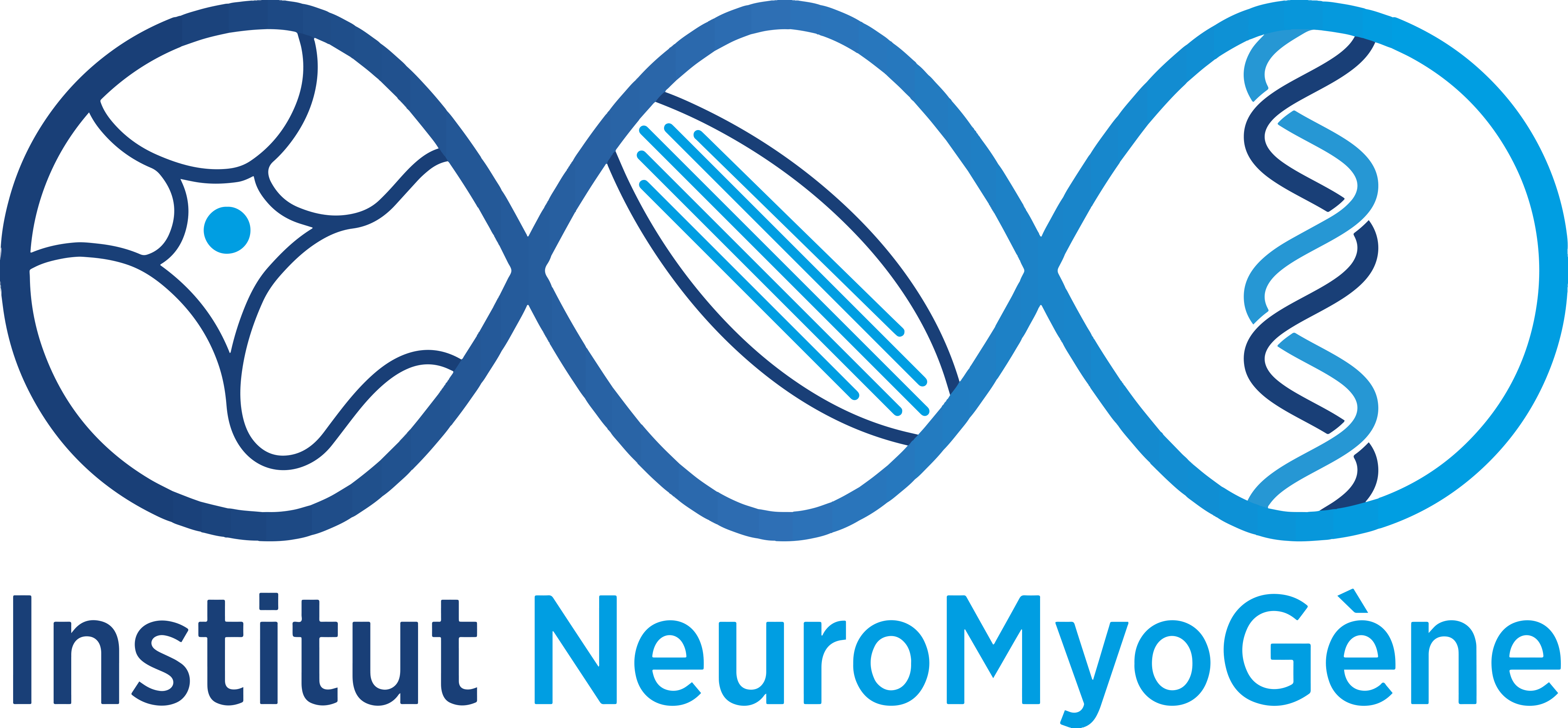Emil Ylikallio- at 11 am – Hermann room
MD, PhD, Adjunct professor, Specialist in neurology
University of Helsinki and Helsinki University Hospital, Finland
Dysregulation of neurofilament and Ca2+ signaling in Charcot-Marie-Tooth neuropathy
Charcot-Marie-Tooth disease (CMT) is a group of hereditary degenerative disorders of the peripheral nervous system that affects 1:2500 people. Elucidation of the genetic background of CMT may open opportunities for mechanism-based treatment. Our goal was to gain new insights into genetic disease mechanism by focusing on patients in Finland, where the population is relatively isolated and genetically distinct from other parts of Europe. We discovered recessive disease-causing variants in TRIM2, encoding an E3 ubiquitin ligase involved in regulation of neurofilaments, as the cause of early-onset CMT with evidence of elevated neurofilament density in nerve biopsy, hence denoted as CMT2R. Furthermore, we found the homozygous p.Arg367* in NEFL, encoding neurofilament light chain and used neurons derived from induced pluripotent stem cells to show complete loss of the NEFL protein suggesting a loss-of-function mechanism for recessive forms of CMT1F and CMT2E. Loss of NEFL did not prevent the differentiation of motor neurons but lead to abnormalities such as decreased axon diameter and miniature excitatory postsynaptic currents in addition to elevated mitochondrial motility. Most recently, we described the genetic and clinical features of yet another CMT subtype, CMT1J, caused by mutations in the inositol-1,4,5-trisphosphate receptor 3 leading to abnormal Ca2+ signaling. In conclusion, our work underscores the diverse genetic background of CMT and demonstrate the need for proper balance of neurofilaments to ensure motor neuron function.
Selected publications:
Palu E, Järvilehto J, Pennonen J, Huber N, Herukka SK, Haapasalo A, Isohanni P, Tyynismaa H, Auranen M, Ylikallio E.
Rare PMP22 variants in mild to severe neuropathy uncorrelated to plasma GDF15 or neurofilament light.
Neurogenetics. 2023 Oct;24(4):291-301. doi: 10.1007/s10048-023-00729-5.
Rönkkö J, Rodriguez Y, Rasila T, Torregrosa-Muñumer R, Pennonen J, Kvist J, Kuuluvainen E, Bosch LVD, Hietakangas V, Bultynck G, Tyynismaa H, Ylikallio E.
Human IP3 receptor triple knockout stem cells remain pluripotent despite altered mitochondrial metabolism.
Cell Calcium. 2023 Sep;114:102782. doi: 10.1016/j.ceca.2023.102782.
Sainio MT, Rasila T, Molchanova SM, Järvilehto J, Torregrosa-Muñumer R, Harjuhaahto S, Pennonen J, Huber N, Herukka SK, Haapasalo A, Zetterberg H, Taira T, Palmio J, Ylikallio E, Tyynismaa H.
Neurofilament Light Regulates Axon Caliber, Synaptic Activity, and Organelle Trafficking in Cultured Human Motor Neurons.
Front Cell Dev Biol. 2022 Feb 14;9:820105. doi: 10.3389/fcell.2021.820105
Rönkkö J, Molchanova S, Revah-Politi A, Pereira EM, Auranen M, Toppila J, Kvist J, Ludwig A, Neumann J, Bultynck G, Humblet-Baron S, Liston A, Paetau A, Rivera C, Harms MB, Tyynismaa H, Ylikallio E.
Dominant mutations in ITPR3 cause Charcot-Marie-Tooth disease.
Ann Clin Transl Neurol. 2020 Oct;7(10):1962-1972. doi: 10.1002/acn3.51190.
Sainio MT, Ylikallio E, Mäenpää L, Lahtela J, Mattila P, Auranen M, Palmio J, Tyynismaa H.
Absence of NEFL in patient-specific neurons in early-onset Charcot-Marie-Tooth neuropathy.
Neurol Genet. 2018 Jun 5;4(3):e244. doi: 10.1212/NXG.0000000000000244.

